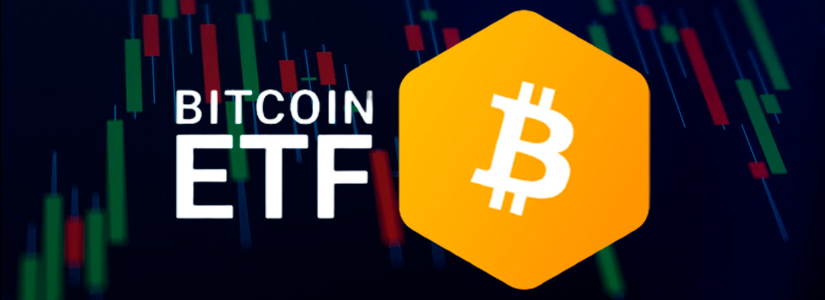TL;DR
- Wall Street went from rejecting cryptocurrencies to integrating them as a new asset class with high strategic potential.
- The approval of spot Bitcoin ETFs marked a turning point in the institutional legitimization of the crypto ecosystem—both externally and within Wall Street itself.
- Financial adoption is growing, but it poses risks of diluting key values such as decentralization and digital sovereignty.
For years, cryptocurrencies were viewed with distrust by Wall Street. Seen as a threat to the traditional financial system, their decentralized nature, extreme volatility, and lack of regulation led to an almost unanimous rejection in institutional circles.
However, in recent times, that stance has started to shift. What used to be open resistance is now gradually turning into acceptance. Major financial firms are incorporating products linked to Bitcoin and other cryptocurrencies. The question is: What triggered this shift, and what are its real implications?
From Distrust to Strategic Interest
Wall Street’s hostility toward cryptocurrencies was not without reason. The traditional financial sector is built on principles such as traceability, control, and institutional oversight. Cryptocurrencies, on the other hand, emerged with a radically different approach: transactional freedom, partial anonymity, and a break from intermediaries. It’s no surprise that banks, funds, and regulatory bodies initially adopted a defensive posture.
However, several factors began to erode that position. The first was the sustained growth of the crypto ecosystem. Despite its volatility, Bitcoin established itself as an alternative store of value, and Ethereum as the foundational infrastructure for a wide range of decentralized financial applications. The second was the entry of institutional players like Fidelity, BlackRock, and Goldman Sachs, who saw digital assets as a new investment class to diversify their portfolios and attract a younger generation of clients.

ETF Approval: A Turning Point for Wall Street
The approval of spot Bitcoin ETFs in the United States marked a profound shift in how cryptocurrencies are perceived. For the first time, the SEC gave the green light to an instrument that allows traditional investors to gain direct exposure to the price of Bitcoin without the need to custody it. This development not only granted institutional legitimacy but also opened the door to a massive influx of capital from pension funds, family offices, and financial advisors.
Wall Street is not embracing Bitcoin out of ideological conviction. It’s doing so because it sees a growing market demand and a concrete business opportunity. Asset tokenization, smart contracts, and decentralized finance are no longer viewed as disruptive threats, but as tools with the potential to revolutionize certain sectors of the current financial system. The result is a quiet transition: from criticizing to integrating, from observing to participating.

Genuine Acceptance or Opportunistic Adaptation?
Despite the optimism surrounding this new phase, it comes with particular nuances. Institutional adoption does not necessarily imply full acceptance of the original crypto ethos. Decentralization, censorship resistance, and financial sovereignty remain uncomfortable values for the financial establishment within Wall Street. In many cases, what we’re seeing is an adaptation of crypto infrastructure to traditional regulatory frameworks, not a transformation of the system as a whole.
Moreover, this integration brings certain risks. Excessive institutionalization of cryptocurrencies could distort their original purpose, creating new mechanisms of speculation disconnected from their technological utility. The influx of institutional capital can also lead to greater market concentration, undermining one of the ecosystem’s core pillars: open and decentralized participation.

Conclusion
Wall Street’s change in attitude toward cryptocurrencies reflects the maturity of the crypto industry and the impossibility of ignoring a phenomenon that has demonstrated resilience, innovation, and an active community. What was once seen as a passing fad is now viewed as a technological evolution with concrete implications for the financial system.
However, embracing cryptocurrencies doesn’t necessarily mean adopting their foundational principles. The real challenge will be finding a balance between integration and the preservation of core values. If the traditional financial world can adopt blockchain technology without stripping it of its essence, and if the crypto ecosystem can continue to innovate without being diluted by institutional capital, we may be witnessing a true transformation—not just another act of appropriation.







